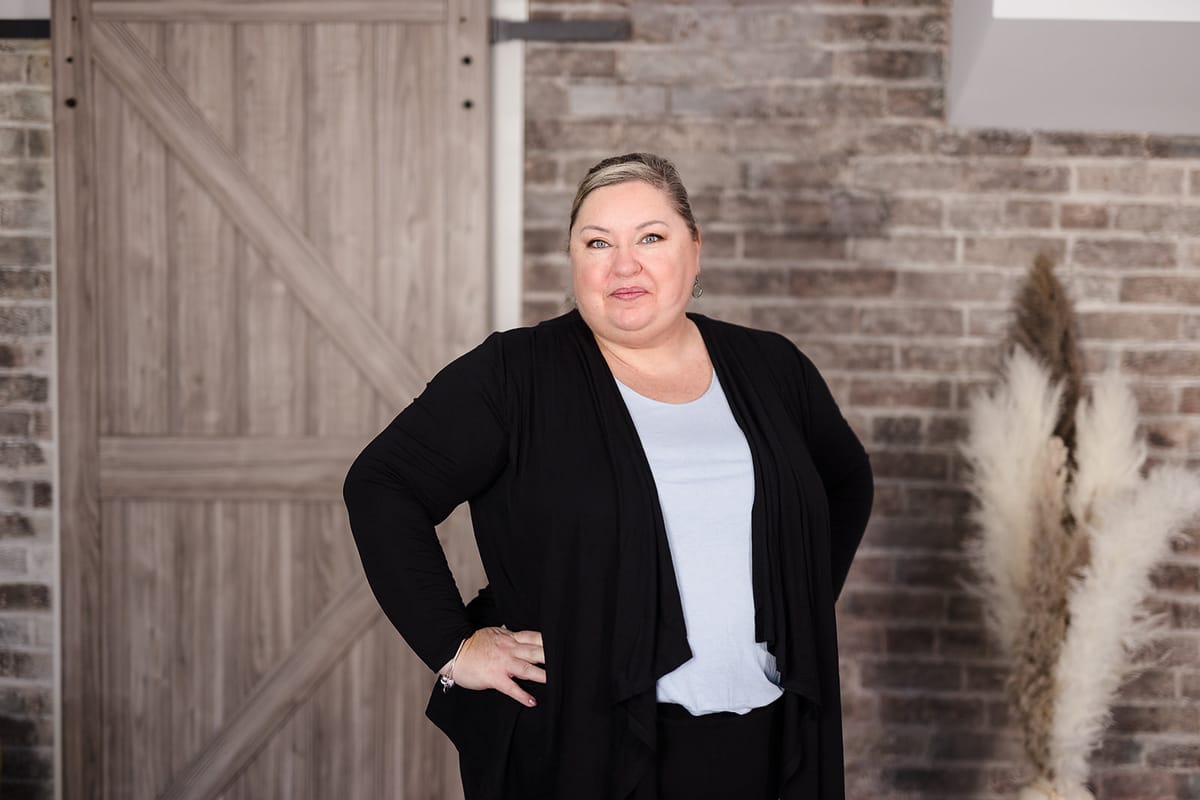Why this designer thinks 'pretty' isn’t enough
Lesley Wong on crafting lobbies that guests feel, not just see

Lesley Wong is an interior designer who understands that a lobby needs to be more than just pretty. Her background is pure hospitality, and she’s obsessed with the details that matter: guest comfort, operational flow and a brand's core values, all wrapped up in a chic, inviting vibe.
Her company, Lesley Wong Interiors, is known for turning simple spaces into destinations, with Wong ensuring every space is as much about memory-making as it is about margins, for clients such as Marriott Resorts, Hilton Hotels & Resorts, and Radisson Hotels.
Here, the Toronto-based Wong spills her secrets on design details that make a difference.
—Interview by Jennifer Glatt, edited by Lesley McKenzie
How do you approach designing for guest experience beyond aesthetics—what elements contribute most to a space that guests want to return to?
For me, it’s really about how a space makes people feel, not just how it looks. I think about the full sensory experience of how guests move through it, what they hear, how the lighting changes, even the textures they touch. When a space feels intuitive, comfortable and has a few moments of surprise or delight, that’s what guests remember and want to come back to.
What design investments tend to deliver the most value in terms of guest satisfaction and brand perception?
The best returns come from the elements guests interact with most, things like lighting, seating and finishes. I think flexible spaces are a smart investment area, having a space that can shift from morning coffee to evening cocktails not only stay busy, but help strengthen the brand experience.
What are some emerging materials, finishes or furnishings you’re excited about that work particularly well in hospitality settings?
I’m really excited about how sustainable materials are evolving. Things like recycled stone composites, bio-based fabrics, and natural dyes are giving us beautiful, high-end options that also tell a great story. And on the furniture side, modular pieces with built-in power or acoustic elements are making spaces more adaptable and guest-friendly.
In terms of spatial layout, how do you ensure that lobbies, lounges and other common areas serve both form and function?
I always start by mapping how people naturally move through the space, what they see first, where they pause, how staff interact with them. From there, it’s about creating layers of energy: some zones for socializing, others for quiet or privacy. When that balance feels natural, the design supports the experience without guests ever having to think about it.
What makes lighting an "emotional" element of design?
Lighting is what sets the tone; it can completely shift how people feel. Warm, dim light invites relaxation; bright, natural light energizes. In hospitality, lighting kind of tells the story of the day, it moves with the rhythm of the space and subtly guides the guest experience. The best lighting you don’t even notice, you just feel good in it.
Thanks for reading today's edition! You can reach the newsletter team at newsletter@mintpillow.co. We enjoy hearing from you.
Interested in advertising? Email us at newslettersales@mvfglobal.com




